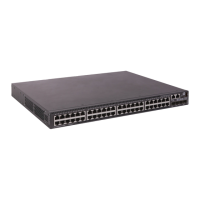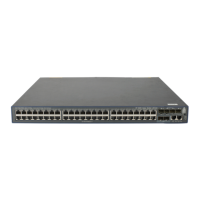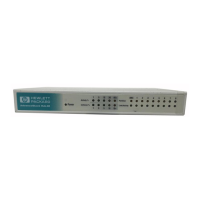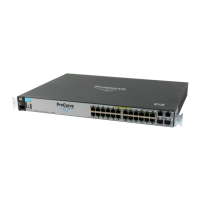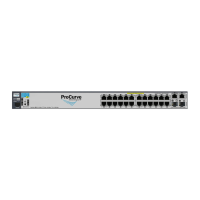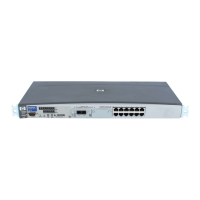166
hop to reduce traffic recovery time. Meanwhile, IS-IS calculates the shortest path based on the new
network topology, and forwards packets over the path after network convergence.
You can assign a backup next hop for IS-IS FRR through the following ways:
Enable IS-IS FRR to calculate a backup next hop through Loop Free Alternate (LFA)
calculation.
Designate a backup next hop with a routing policy for routes matching specific criteria.
Configuration prerequisites
Before you configure IS-IS FRR, complete the following tasks:
Configure IP addresses for interfaces to ensure IP connectivity between neighboring nodes.
Enable IS-IS.
Configuration guidelines
The LFA calculation of FRR and that of TE are mutually exclusive.
Configuration procedure
Configuring IS-IS FRR to calculate a backup next hop through LFA calculation
1. Enter system view.
system-view
N/A
2. Enter interface view.
interface
interface-type
interface-number
N/A
3. (Optional.) Disable LFA
calculation on the interface.
isis fast-reroute lfa-backup
exclude
By default, the interface
participates in LFA calculation,
and can be elected as a backup
interface.
4. Return to system view.
quit
N/A
5. Enter IS-IS IPv4 unicast
address family view.
a isis [ process-id ]
[ vpn-instance
vpn-instance-name ]
b cost-style { wide |
wide-compatible }
c address-family ipv4
[ unicast ]
N/A
6. Enable IS-IS FRR to
calculate a backup next hop
through LFA calculation.
fast-reroute
lfa
By default, IS-IS FRR is
disabled.
Configuring IS-IS FRR using a routing policy
You can use the apply fast-reroute backup-interface command to specify a backup next hop in a
routing policy for routes matching specific criteria. You can also perform this task to reference the
routing policy for IS-IS FRR. For more information about the apply fast-reroute backup-interface
command and routing policy configurations, see "Configuring routing policies."
To configure IS-IS FRR using a routing policy:

